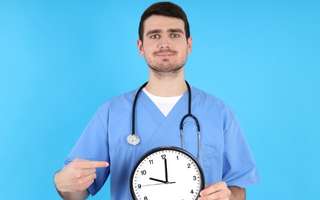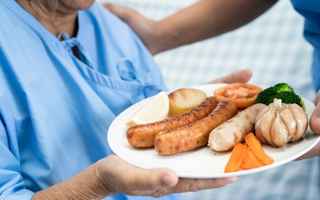If you’re scheduled for a bronchoscopy or simply curious, one of the top questions is often, “How long does the procedure take?” Understanding the timeline for a bronchoscopy can make the process feel more manageable and give you a better idea of what to expect from start to finish.
The Short Answer: About 30 to 60 Minutes
The bronchoscopy procedure itself usually takes between 30 and 60 minutes. However, the total time at the medical facility will be a bit longer due to preparation, sedation, and post-procedure recovery. Here’s a breakdown of each stage to give you a clear picture.
Stage 1: Pre-Procedure Preparation (15-30 Minutes)
Once you arrive at the clinic or hospital, there are a few steps to prepare:
- Check-In and Prep: You’ll review any necessary paperwork and get briefed on the procedure. This is also a great time to ask any questions!
- Sedation and Anesthesia: To make the experience comfortable, you’ll receive a mild sedative to help you relax. A local anesthetic will also be applied to numb your throat, reducing discomfort when the bronchoscope is inserted. This preparation usually takes around 15-30 minutes.
Stage 2: The Bronchoscopy Procedure (30-60 Minutes)
With the anesthetic in place, the actual bronchoscopy begins:
- Insertion and Exploration: Using a thin, flexible tube with a camera at the end (the bronchoscope), your doctor will carefully insert it through your nose or mouth and guide it down to your airways. The camera provides a real-time view of your lungs and airways, allowing for a detailed examination.
- Sample Collection (if needed): During the procedure, your doctor might take small tissue or fluid samples if needed for further testing. This can add a few extra minutes, but it’s typically quick and painless.
The doctor will carefully examine the area and take any necessary notes, ensuring everything is covered for accurate results. Most bronchoscopies wrap up in about 30-60 minutes.
Stage 3: Post-Procedure Recovery (1-2 Hours)
Once the procedure is complete, you’ll spend a bit of time in recovery. Here’s what to expect:
- Observation: Medical staff will monitor you as the sedative wears off to make sure you’re comfortable and recovering smoothly. Expect to stay in the recovery room for about an hour.
- Eating and Drinking: You may be advised to wait 1-2 hours before drinking or eating to ensure the throat anesthetic has worn off fully. After that, you can resume light eating and drinking as directed.
Total Time Commitment: About 2-3 Hours
All in all, you can expect to be at the facility for approximately 2-3 hours. This includes preparation, the procedure, and a brief observation period afterward. It’s a fairly straightforward process, and most patients are able to go home the same day, often resuming regular activities within 24 hours.
Final Thoughts: Planning Ahead for a Smooth Experience
- Arrange a Ride Home: Because of the sedative, it’s recommended to have someone drive you home.
- Take the Rest of the Day Off: Plan for some light rest afterward, and avoid any strenuous activities for at least a day.
- Follow Aftercare Instructions: Your doctor will provide instructions on managing any mild soreness or cough.
Knowing the timing for a bronchoscopy can help you feel more prepared and relaxed about the process. It’s a quick, minimally invasive procedure with potentially big benefits for your lung health!




